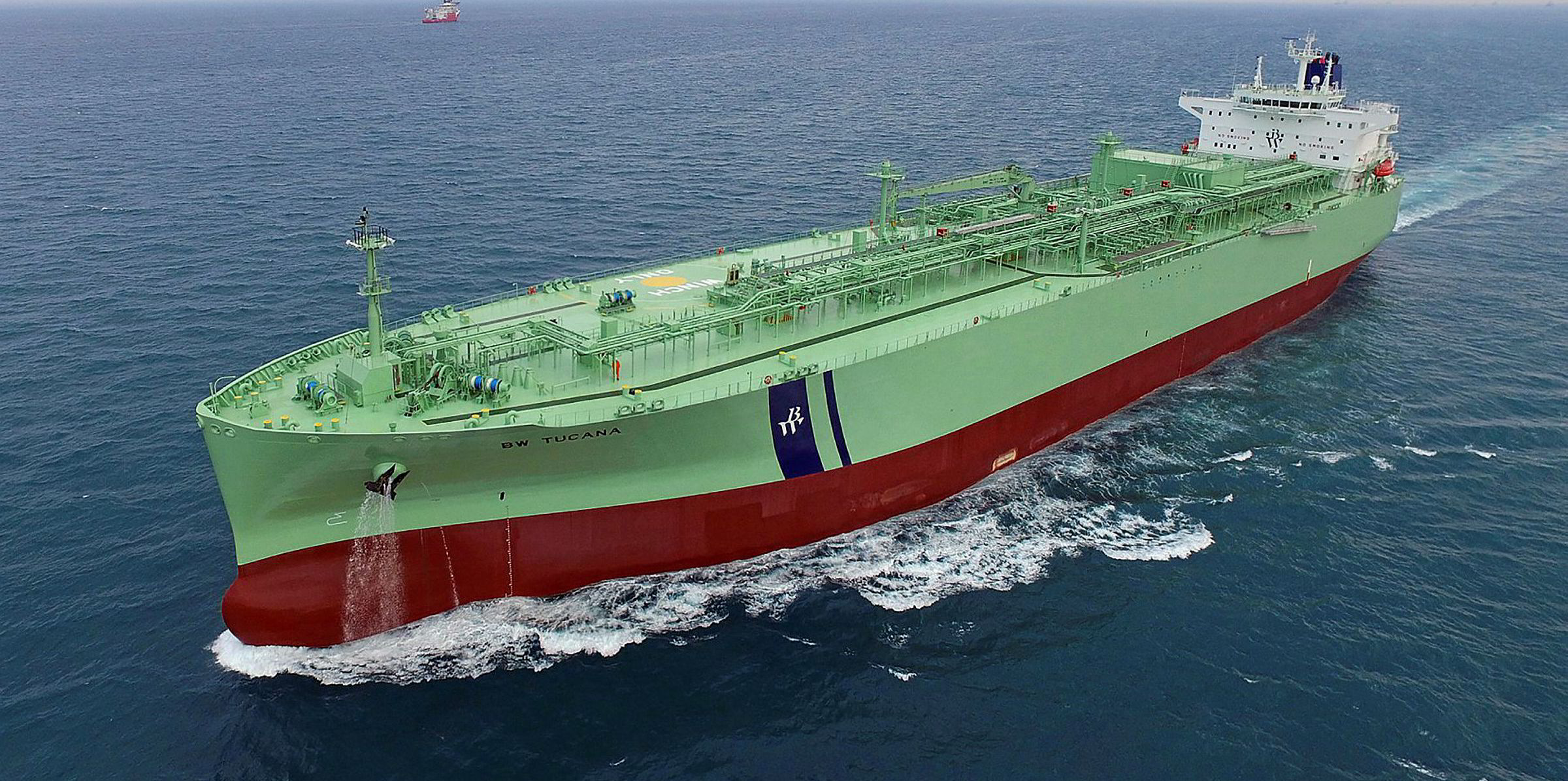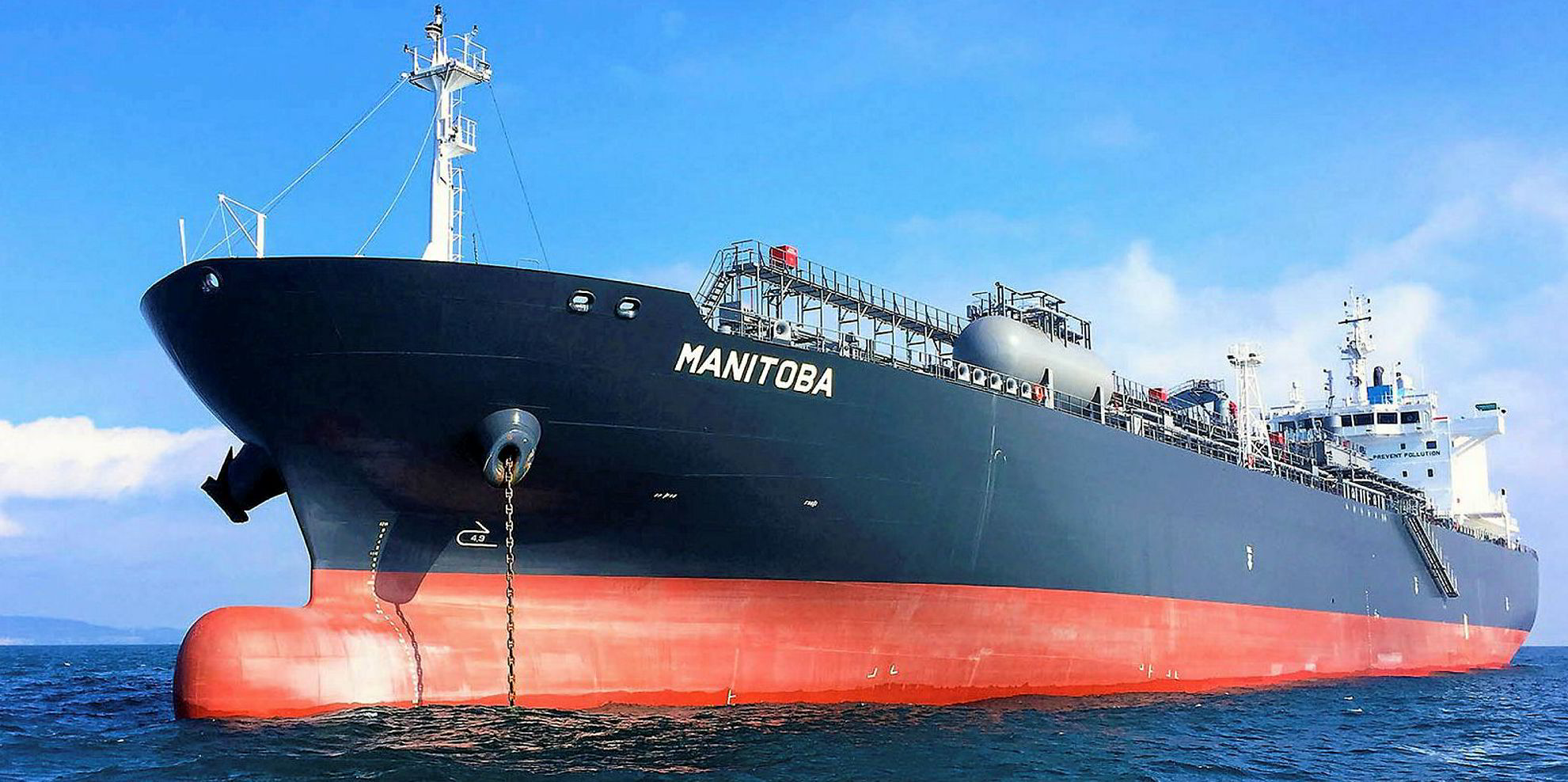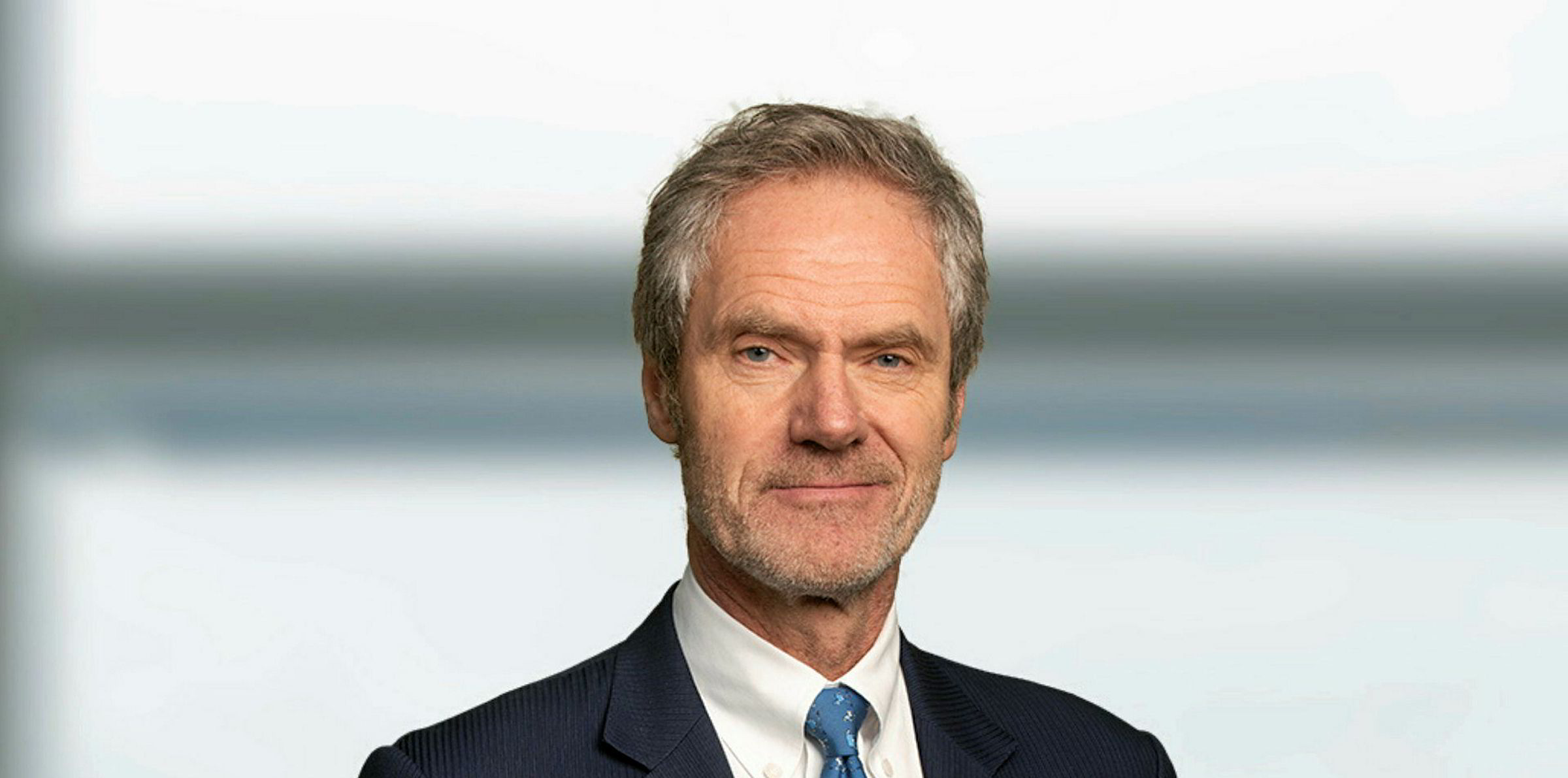John Fredriksen-controlled Avance Gas is on the hunt for ships, but is being stymied by a sluggish secondhand market.
Interim chief executive Peder Simonsen said the Oslo-listed owner is always looking at doing deals for VLGCs.
"We are reviewing all kinds of structures to both buying and selling, selling older tonnage, buying newer ones, chartering structures and so on. So, we are very active looking at that," he said on a conference call with analysts.
"But obviously with the volatility in the market, the price spreads...are quite high and this is also a market where you've seen very low liquidity in the secondhand market for tonnage and also...in the time charter market."
The charter market is more liquid than the sale-and-purchase market, but less than other shipping segments.
Simonsen said longer-term deals are usually financially driven rather than commercially driven, but he added there is more activity now as the fleet grows.
"We are constantly looking into different types of contract structures," he said.
Difficult to predict
Turning to forward bookings, he said the company has not provided guidance due to current uncertainty during the coronavirus crisis.
"I mean, we saw how the analysts were missing on the targets for all the players in this market now. It has historically been very difficult to track," he said.
"But we also have a lot of ships in dry dock, which has and will obviously impact our results. So, we haven't guided the market now, but we do have the number on our time charter coverage, which is on a higher level than it usually has been in this company."
Avance Gas posted first-quarter earnings of $15.1m as rates boomed, but they have now plunged from $60,000 per day for spot VLGCs in April, to around $20,000 now due to supply cuts.
Optimistic on demand
Simonsen struck an upbeat note for market prospects, however.
He said he expects Chinese demand to return, while India will enjoy "massive growth."
"I think that Asia needs LPG and China, they are building, continue to build...their capacity on propane dehydrogenation (PDH). They also have a big residential demand," he added.
"We all saw in April that they have taken a lot of cargoes from the US in that month."
Simonsen pointed to production cuts in the Middle East and growing demand in Asia.
He said: "There's only one source where this LPG can be taken from, and this will need to impact somehow the product arbitrage, the price arbitrage, to be able to clear tons from the US to Asia."
He said US exports now account for nearly 50% of its volumes, from about 46% or 47% last year.
Simonsen added: "So, I think that there's no reason to believe that the demand over time will be much lower, rather to the contrary, the underlying fundamentals of the demand is continuing to be strong."
He also revealed the company has $14m left in dry-docking and scrubber-installation costs, plus $22m for newbuildings.






